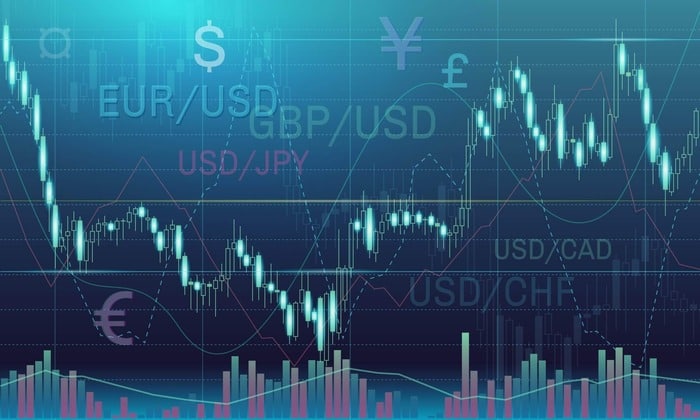A wide range of factors, from geopolitical events to economic indicators, have an impact on the extremely volatile foreign exchange (FX) market. To help them make wise selections, traders frequently use a variety of tools and analyses. The Forex Calendar Seasonality, which examines how seasonal trends can have a big impact on trading techniques, is one such tool that is becoming more and more popular.

Understanding Forex Calendar Seasonality:
The “Forex Calendar,” also known as Forex Calendar Seasonality, is a strategic method that involves analyzing past patterns and trends in currency pairs over a variety of timeframes, including weeks, months, and even years.
Through the exploration of this extensive information, traders can discern possible recurring trends, enabling them to make better-informed decisions when forecasting market movements. The term “forex calendar” highlights the importance of this instrument in the trader’s toolbox. It functions as a thorough guide, offering insights on historical seasonality that can greatly impact and improve trading techniques for higher returns.
Key Factors Influencing Seasonal Trends:
1. Economic Cycles:
Seasonality is often observed in economic activity. For instance, increased activity during the planting and harvest seasons may have an effect on the value of the corresponding currencies in agricultural countries.
2. Interest Rate Trends:
Interest rates are often changed by central banks to control inflation and promote economic expansion. The timing of these rate changes may give rise to seasonal trends that impact currency values.
3. Holiday Seasons:
Holidays and seasonal fluctuations in trade volumes can have an impact on currency markets. For example, lower liquidity around significant holidays could result in higher volatility.
4. Global Events:
Elections and trade agreements are two examples of geopolitical events that might display seasonal patterns that affect currency values. Traders use past data to find patterns associated with these occurrences.
Practical Application of Forex Calendar Seasonality:
1. Analysing Historical Data:
Traders can find patterns linked to particular seasons of the year by utilizing historical charts and tables. This study sheds light on possible hazards and trading possibilities.
2. Risk Management:
Comprehending seasonal patterns enables traders to modify their risk mitigation tactics accordingly. For example, increased volatility in specific seasons might call for stricter stop-loss orders.

3. Strategic Timing:
Seasonal patterns can help traders time their entries and exit more effectively. For instance, if a currency pair tends to appreciate during a particular season, a trader might consider entering a long position in anticipation of this trend.
4. Diversification:
Recognizing seasonal patterns in different currency pairs can help diversify a portfolio. Traders can lower their total risk by allocating their investments based on past performance.
Final Thoughts
To make wise selections in the constantly changing foreign exchange market, dealers look for every advantage. With the help of Forex Calendar Seasonality, traders can better grasp past patterns and trends, which helps them predict and react to changes in the market. Traders can improve their decision-making process and possibly their overall trading performance by implementing seasonal analysis into their tactics.